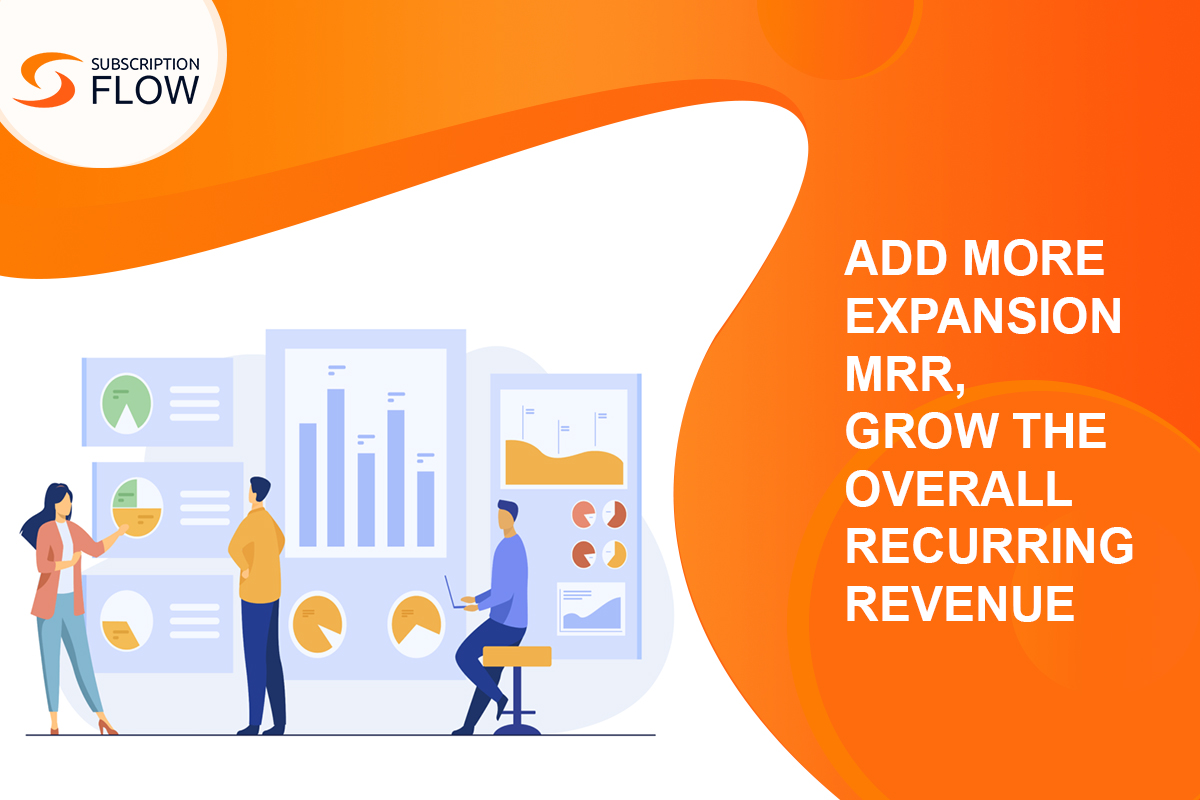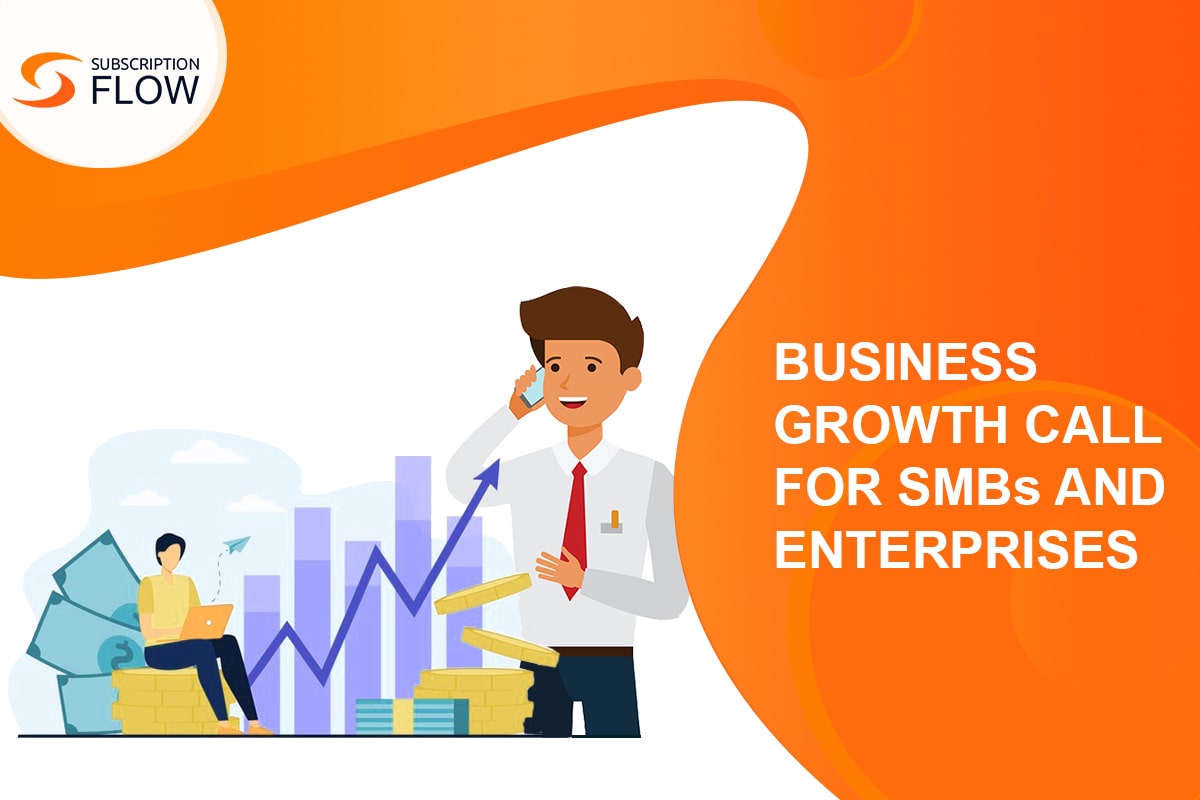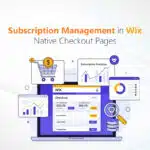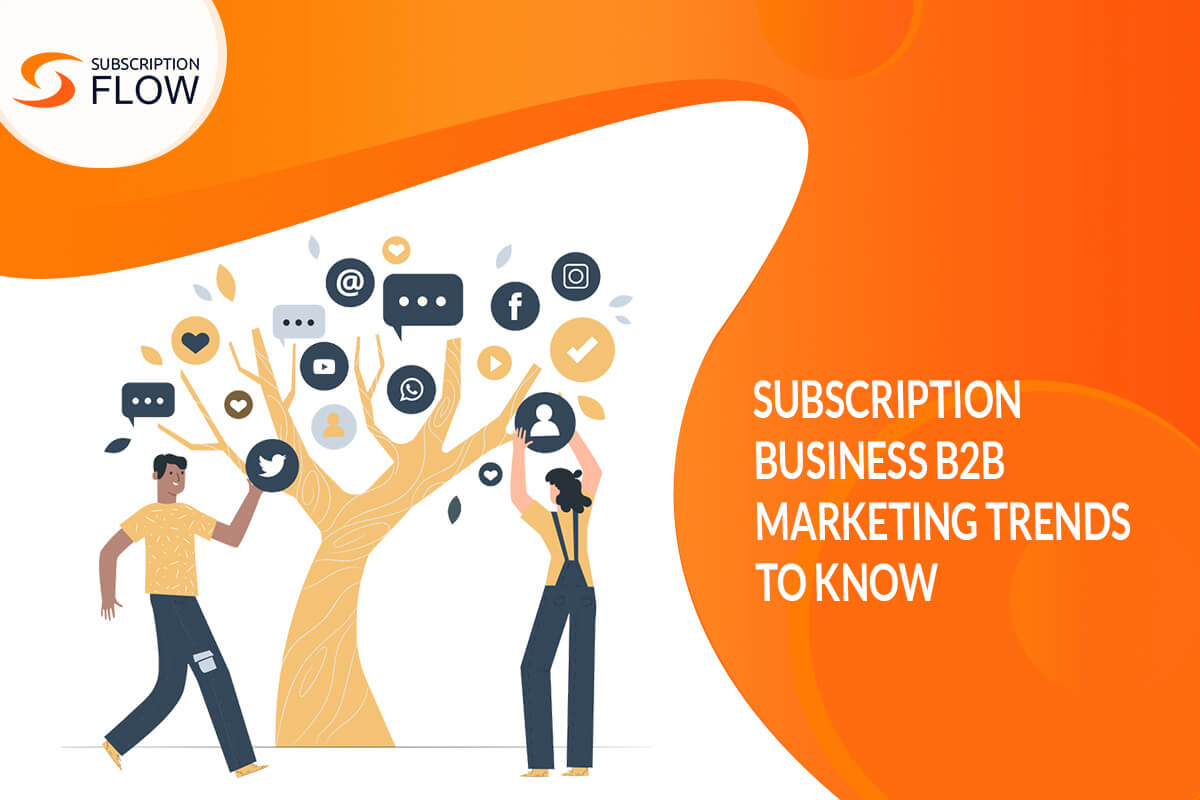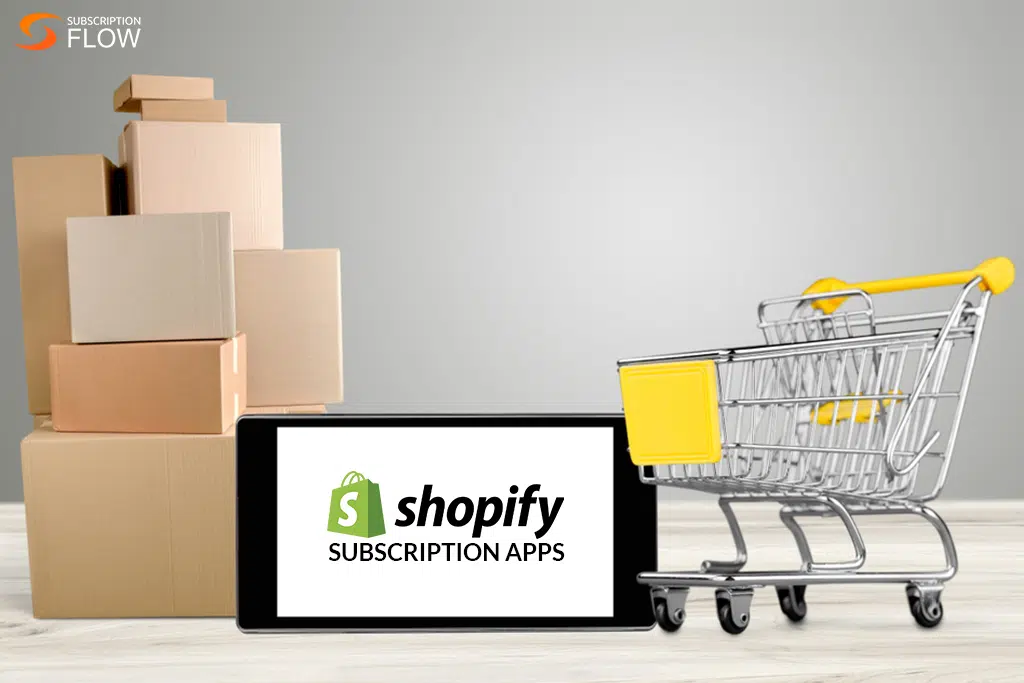
How to Select the Best Shopify Subscription App in 2022
Rise of Shopify Subscriptions
Subscriptions have begun to take over the world and every industry’s market is following suit.
When it comes to recurring revenue business models, subscriptions have toppled profitability for even eCommerce stores.
Boasting subscription boxes, bundles, and much more, even eCommerce platforms like Shopify have had to include subscription options.
Why Do You Need a Shopify Subscription App for Management?
The complexity of the subscription business model comes with its nuances. The idea might seem simple enough; receiving recurring revenue from your subscribers and providing them with the service/product they need.
However, this means you’ll need to think about the ideal pricing strategy for your subscription. To make a substantial profit over time, you’ll have to figure out your value metrics.
Moreover, this also means that the nature of your business operations will have to change as well. Instead of ensuring that you satisfy a customer the first time around, you’ll have to provide continual customer service to retain your customers..
In addition to this, the buyer persona your business was going for before has changed drastically. Now, the horizon has broadened as subscriptions are more affordable than one-off purchases.
Think of how Porsche has figured out the secret to reaching out to bigger audiences for their top-tier lineups.
In order to come up with a robust supply management system, all subscription businesses rely on heavy automation.
This automation is largely and sometimes entirely supported by a Shopify subscription management app.
These cloud-based applications are designed to provide merchants and vendors the chance to manage subscription lifecycles.
Features to Look For in the Best Shopify Subscription Apps
Self Service Portal
Why shouldn’t the best Shopify subscription apps offer a self-service portal for your customers?
Upgrading, downgrading, canceling, resubscribing, etc. These are all regular hassles that need to be handled by every subscription business.
Moreover, all marketers know that there are many opportunities to reduce churn and maximize revenue here.
By introducing a robust support system that addresses all customer queries and concerns, you can garner positive reviews.
All the while ensuring that you communicate with your customers at crucial times (such as when they’re about to churn.)
Moreover, a self-service portal on your subscription management app can help you monitor activity in real time.
Marketers can leverage this to identify moments when a customer is likely to agree to an upsell or cross-sell opportunity.
This can go a long way in making sure your brand identity grows in the eyes of the buyers in the market.
In fact, better customer support alone has been the reason for many conversions as noted by various market surveys.
Read More: Advantages of Offering Self-Service Portals for Your Subscribers
Recurring Billing Management
A business needs to process countless payments as it grows in the market.
Since you’re using a subscription revenue model, you must have the capacity to receive and manage the recurring payments coming in.
Not to mention the fact that the schedule of all these payments is also unpredictable and sporadic.
It’s no secret that the revenue predictability of a subscription business model is sometimes difficult.
Nonetheless, the first thing to do is streamline your recurring billing management to improve cash flow. This will mean automating:
- Generation of custom invoices
- Accept payments through multiple channels
- Processing transactions at regular recurring intervals
- Recording and reconciling statements with your banks
All these operations need to be automated to ensure that your business runs smoothly.
This is necessary because you can’t afford the manpower and resources it will take to get these jobs done manually.
Moreover, considering the high risk of errors that come with manual handling, it’d be best that you use automation. Since it’s your revenue of all things, it’s the last thing you want to compromise on.
Multiple Payment Gateways
A Shopify subscription app that isn’t able to integrate multiple payment gateways is essentially not that helpful. This basically means that you’re going to be limiting yourself to a certain set of payment methods.
From a consumer’s perspective, this spells out bad user experience and ultimately, a huge reduction in conversion rates.
As people are more likely to trust businesses that offer payment methods they prefer, you must offer them all.
It’s understandable that if you’re a startup and only focusing on a certain region or demographic, you’d rather have one.
However, if you’re thinking of going for subscriptions, you want everyone to sign up. Whether they prefer Authorize.net, Stripe, Amazon Pay, Braintree, etc.
Each payment gateway has its own set of rules and conditions that need to be met before you’re authorized to process payments.
Moreover, they also come with their own transaction fees and payment routing methods. While some may prove to be lucrative in some regions or transactions, others might offer discounts as you scale.
What all this means is that regardless of whether you go for a single or a set of payment gateways, your eCommerce subscription management app should be able to integrate and support them all.
This is because with time, your business will eventually witness growth and you’ll have a bigger target audience.
Payment gateways offer a seamless payment process that automatically fills up relevant required forms, thereby encouraging purchases.
Especially useful for a subscription business with an established customer base, you can manage your payment gateway transactions through your Shopify subscription management app.
Integration Capability
Along with payment gateways, all businesses have to operate with a certain tech stack. This refers to the technological applications and tools that you and your organization members use for work.
While some tech stacks can be simple and don’t require a substantial combination of numerous apps, others can be complicated.
Though it’s always helpful to have more tools in your arsenal, the task of avoiding the creation of data silos is stressful. You can’t help but open several windows that you have to switch in between.
As per studies, businesses waste weeks’ worth of time every year just switching in between applications. And if you think that segregated databases are still reliable, you’re wrong. (More on this below)
This is exactly what a Shopify subscription management app can help you avoid. Integrations are the main selling point of going for cloud-based APIs.
You can integrate every tool and software that you use in your application. This database will be stored and managed in a single dashboard.
This interface will be accessible directly for all your employees, ensuring that you’re provided with a detailed overview.
Monitor your marketing performance, customer success journeys, and business development tactics with seamless integrations.
Run marketing analytics through platforms like HubSpot and run campaigns with MailChimp, all from a single window.
With integrations, you won’t even have to copy and paste your customer data in your other apps. Everything will be in sync and provided to you for analysis.
Smart Analytics and Business Insights
When you’re creating data silos, you’ll be missing out on crucial analytical data and business insights that could help you scale and grow.
That’s because some people think that factors such as payment schedules and purchasing behavior might be different metrics.
Whereas, the fact is that these insights can help you develop a lead scoring criterion and generate sales when combined and analyzed together.
As explained above, you need to be able to use the data you gain with your marketing efforts. Every incoming customer probably has a new reason for trying out your brand.
If you know what makes them the ideal buyer, you can figure out how to find similar people in audiences.
Once you’ve integrated the right tools your subscription app for Shopify will start working on data collection.
After it’s done collecting data from your past sales, you can view the trends and behaviors displayed by your past buyers.
This is crucial as these insights can help reveal your buyer persona and identify more leads for possible conversions.
Read More: Importance of Using Event Data for Your SaaS Marketing Strategies with SubscriptionFlow
Need the Best Shopify Subscription App in 2022?
Want a subscription management platform that can work with Shopify and all the other apps in your tech stack? Contact SubscriptionFlow and we’ll design an ERP that can help you manage all your subscription business operations seamlessly. Or simply schedule a demo now to speak with a SubscriptionFlow expert.






